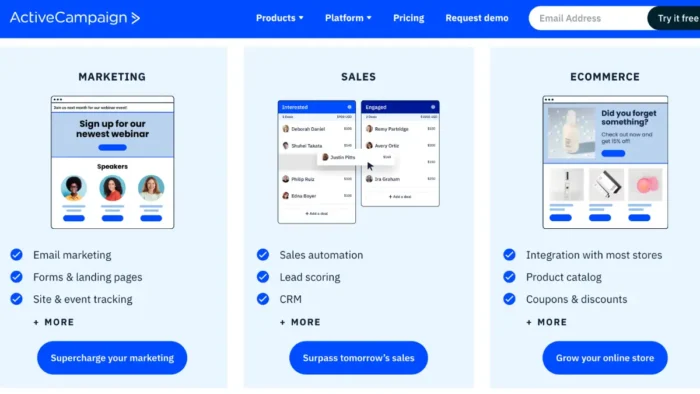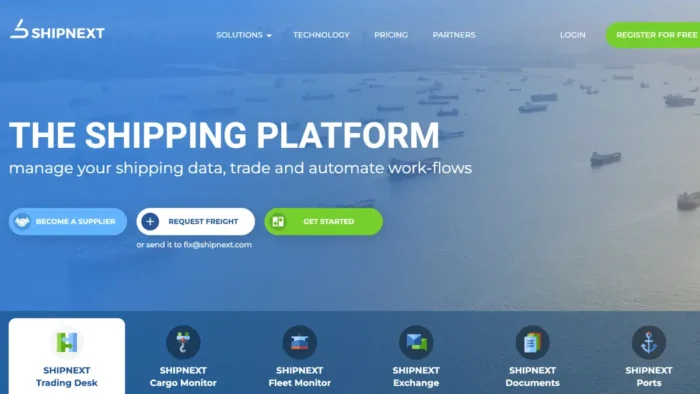PCI audits involve an end to end examination of the security of your organization’s credit card processing system. You will typically need to work with your Internal Security Assessor or a Qualified Security Assessor (QSA) to gauge whether the information security controls you have in place are at par with the regulatory requirements.
Ideally, your payment network’s security controls need to be at par with 281 requirements indicated in the PCI DSS (Payment Card Industry Payment Security Standards), which calls for the compliance of all merchants and their third-party service providers. To prove compliance, your business ought to do either of these two things:
- Pick a PCI DSS self-assessment questionnaire and fill it out. While some situations might need an internal audit, others won’t.
- Work with an Internal Security Assessor or a Qualified Security Assessor (QSA) to conduct an on-site audit.
The option that your business should follow will depend significantly on the number of payment transactions processed by your enterprise annually. The higher the number of transactions you process, the higher the chances that you will need to have a Record of Compliance (ROC) and conduct an annual audit to comply with PCI DSS requirements.
Why PCI DSS Matters
In line with the threat of credit card and cardholder data breaches, the PCI Security Standard Council (PCI SSC) formed the PCI DSS to curb this threat. The body represents software developers, merchants, financial institutions, processor companies, and point-of-sale vendors.
The brainchild of today’s security framework was born in 1999 by Visa as a response to the increasing credit card fraud cases during the early stage of the internet. It develops the Cardholder’s Information Security Program to protect their customers and key stakeholders. Five years down the line, five major credit card brands decided to launch the initial version of this security framework (PCI DDS 1.0).
Today, any payment or Internet Service provider (ISPs) and merchant that want to accept and process credit card payments must demonstrate that they have the security controls in place to ensure the ongoing protection of cardholder and credit card data from access and use by unauthorized parties.
In Which Level Are You?
Since not all service providers or merchants are created equal, the PSI SSC groups merchants into four compliance levels and ISPs into two levels. The strictness of PCI DSS compliance requirements increases as you move up these levels.
For merchants and ISPs who are at level 1, compliance requires them to attain the ROC, which often requires an audit. Companies and organizations in the higher levels (2, 3, and 4) need to complete the PCI DSS Self-Assessment Questionnaire provided by the security standards council. It might be quite cost-effective to use GRC software or service to do this task in most cases.
The level in which your organization belongs trickles down to:
- The number of annual transaction you process, and
- The types of credit cards you accept.
While the typical annual transactions processed by level 1 merchants ranges between 1 to 6 million, the number lies at 300,000 annual transactions for level 1 service providers.
What Is a PCI DSS Audit?
To attain your ROC, you should either work with your own Internal Security Assessor or an external Qualified Security Assessor to procure an on-site audit. Considering that you have to meet 281 directives and 12 objectives, the initial audit can take you up to two years to complete. If you choose to walk the self-assessment path, which is not as time-consuming, it can take you up to a year.
The in-depth audit will require you to test your organization’s control around the fields below and more:
- Point-of-sale systems
- Cardholder Data Environment (CDE)
- Vendor’s data security
- Any application you use to process payment information
- Network segmentation
- Access to the CDE (including any physical access).
- Data encryption
- The security of any router transmitting payment information
- The details of how and where you store the credit card information
The fact that PCI DSS is highly descriptive is a good thing for most organizations. It will guide you on the nitty-gritty details of everything that is needed for compliance with the set directives. Even better, not all 281 requirements apply to all organizations, meaning that you might have even fewer directives to meet.
Trying to be compliant can, at times, be quite expensive. To streamline the compliance process and the costs, follow these steps:
- Define your scope: assess the security framework and pinpoint the directives that do apply to you.
- Minimize your scope: some security processes can easily reduce the number of directives you need to concentrate on. For instance, protecting your Cardholder Data Environment using firewalls will not only reduce the chances of cybercrime but also reduce the number of systems that your auditor will be required to examine.
- Assess the effectiveness of your current controls in remaining compliant to PCI DSS: this will be as simple as referring to your risk assessment documents if you notice any signs of non-compliance, set up the needed controls.
- Test the current controls: the goal of PCI DSS compliance is to ensure the continued protection of credit card and cardholder data. To ensure this, test your controls annually before the yearly audits.
- Collect the necessary evidence: audits will be done a lot faster as long as you have all the required documents. Ensure that you can present the required documents to the auditor.
These steps are more of a necessity than a suggestion for businesses looking to uphold strong credit card data security standards in an industry rife with credit card data breaches and fraud cases.
Feel Free To Look For Some Help
Not only can compliance be time-consuming, but it can also be frustrating, especially if you typically use spreadsheets to keep track of your progress.
For businesses looking for a streamlined approach to compliance, working with compliance software is a step in the right direction. Other than making compliance fast and easy, such software provides a centralized dashboard. With it, you can access compliance documentation, overviews of your risk posture, and easy-to-implement self-audits.
PCI DSS compliance should be worry-free as long as you are using compliance software. It takes all the redundant tasks off your shoulders and lets you focus on other critical parts of the business. Consider using compliance software to make compliance more accessible and improve your data security posture.





